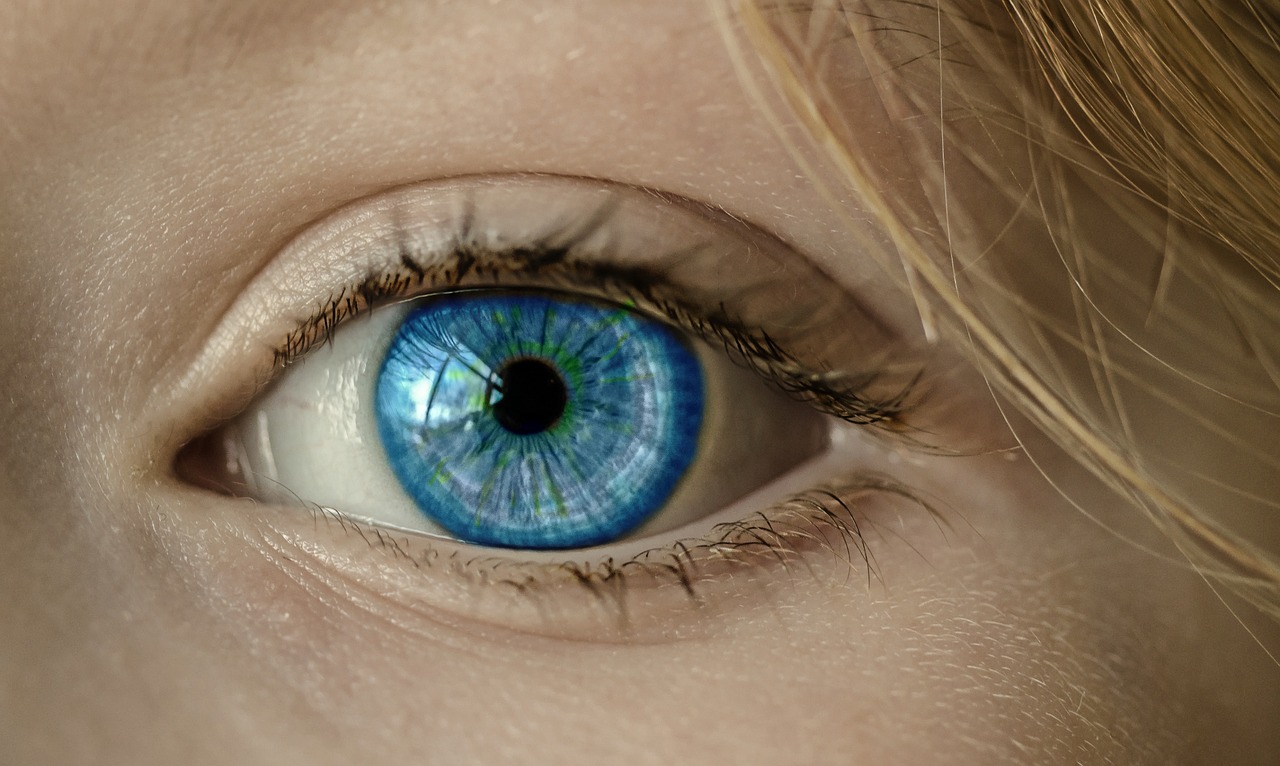No matter how careful you are and how well you take care of your eyes in order to keep them healthy, there is no guarantee that you won’t end up with one long-term eye condition or another. In fact, this is a problem which affects more than half of the Australian population. Luckily, most of these issues are treatable if caught on time, and this is easier to do when you know what to pay attention to. Start with learning exactly what the most common eye conditions are and how you can treat them.

Refractive errors
Refraction occurs when light passes through the cornea and the lens inside your eye and reaches your retina. It’s retina that sends the message to your brain that the light rays have reached the eye, after which the brain turns these messages into images. The problem arises when this process gets disrupted. There are different kinds of refractive errors, most common of which are nearsightedness, farsightedness, astigmatism and presbyopia. With nearsightedness, also known as myopia, you can see clearly those objects close to you, but the ones which are further away can seem blurry and difficult for you to see. On the other hand, farsightedness or hyperopia allows you to see things in the distance better, and the ones closer to you not so well. Astigmatism happens when light is focused unevenly on your retina, making any objects you see blurry and even stretched, while presbyopia, which is something the elderly often deal with, means that the ability to focus clearly on objects in your proximity is diminished or lost. If you think that you might have one of these conditions, make sure you visit a specialist. They are usually treated with contact lenses or eyeglasses, and sometimes with surgery.

Cataract
Normally, light passes through your lens and reaches the retina, after which what you see gets processed by your brain. However, this requires for your eyes to be healthy. If they aren’t, and you develop a cataract, your vision becomes unclear and foggy, which is caused by cloudy areas in your lens. This can prevent you from seeing things clearly and you can even see some sort of a halo around objects when it’s dark. Since cataracts don’t cause any pain, reddening or tearing in your eye, they are difficult to notice at first, especially when they aren’t too big. Nevertheless, they sometimes grow and can lead to vision problems. At this point, you should consult a specialist. This is a problem for many Australians, yet one which can be resolved quickly and safely with surgery. That’s why, now more than ever, a lot of people there decide to have an eye surgery in Sydney. This is a routine procedure and an effective one when dealing with cataract.
Glaucoma
There is a certain amount of fluid pressure inside all eyes, but sometimes that pressure gets increased beyond the normal values, which can cause damage to the optic nerve and can even have blindness as a consequence. Glaucoma is the name for the entire group of diseases which cause this condition. The most common kind is the primary open angle glaucoma. This type of glaucoma isn’t normally associated with any pain or other symptoms, especially during its early phase. Therefore, in order to find out if you have this condition or not, you should get your eyes checked regularly. Glaucoma can have different causes, some of which are blocked blood vessels, various injuries to the eye or inflammation in the eye. It’s usually treated with prescription eye drops, but sometimes with surgery instead.
Amblyopia
Lazy eye, also known as amblyopia, is the condition in which one eye is underdeveloped when compared to the other. In such cases, your brain automatically begins favoring the eye it considers stronger and healthier, while the other eye doesn’t progress at all, and the vision in it becomes even weaker. It’s also possible that the underdeveloped eye moves lazily, while the other eye is still. This is something that can happen to anybody, regardless of their age. If the problem occurs at an early age, it’s essential to react momentarily and treat the problem as soon as possible. When the issue is detected and treated early enough, there’s a much smaller chance of the child having vision problems later in life. If you think that your child’s eyes aren’t aligned properly, take them for an eye exam right away. You can treat this condition with the use of corrective glasses or contact lenses, but you can also use a patch as a means of encouraging your child to use the affected eye more.
When you’re well informed about the types of eye problems you can encounter, it’s much easier to recognize them and act fast. This gives you a better opportunity to treat the condition in question and avoid further complications down the road.
Leave a Reply